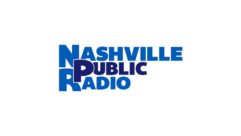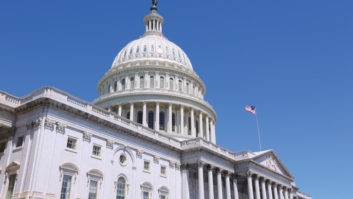Reconciliation of AM Tower Protection Rules
Sep 1, 2013 7:00 AM, By Lee Petro
Towers for AM stations are unique. Rather than merely serving as the structure on which a broadcast antenna is placed, an AM tower is the antenna. This fact, coupled with AM propagation characteristics that can “light up” nearby structures, has led to efforts by the FCC to provide protection to AM towers from newly constructed facilities.
Despite the problem, the FCC has had a hodge-podge of AM tower protection rules that did not apply to all FCC-regulated services. For example, newly constructed facilities for Private Land Mobile Radio and Personal Communication services have not been required to provide protection to existing AM towers, while towers for other wireless communications services, including the Public Mobile Service, do have to provide protection. Furthermore, problems arise when a tower is constructed for a service that does not require protection, but then licensees that would otherwise have to protect existing AM towers are added.
In an effort to establish one set of rules that takes into account the need for protecting existing AM towers, and also provide clarity to the industry, the FCC adopted rules in August 2013. The new rules will apply to all telecommunications services regulated by the FCC, and establishes procedures for notification to AM tower owners prior to the commencement of nearby construction. The rules also establish procedures to determine whether the newly constructed facility is the cause of distortion to the AM signal, and exempts short towers from having to comply with the new rules.
Specifically, the new rules establish a zone of protection based on the electrical height of the AM tower and the proposed facility. The impact of a new construction is based solely on the new tower’s proximity, so it also must take into account the frequency for the AM station.
Therefore, the protected area for non-directional AM stations was determined to be one wavelength at the frequency of the AM station, where as the protected area for directional AM stations is “any distance less than 10 wavelengths of the frequency of the AM station, up to a maximum distance of 3km.” All proposed new towers, or modifications to existing towers (that would alter the antenna height relative to the AM tower of five electrical degrees or more) or removing or modifying an existing tower or transmission line (on a detuned or base-insulated nearby tower), falls within the new rules.
In such cases, the party proposing a new or modified tower must notify the licensee at least 30 days in advance before constructing or modifying the tower. The proponent must also consider the impact of the proposed change by using the “moment method” predictive analysis. This method replaced the vintage AM practice of preparing lengthy proofs of performance studies, and instead uses computer analysis to determine the status of an AM signal.
If the new or modified construction would show in impact of 2dB to non-directional AM station patterns, or cause a directional AM pattern to exceed its authorized pattern, then the proponent must take the necessary steps post-construction, including detuning or other measures, to eliminate the impact of its construction. In addition, the AM licensee is provided two years after the construction/modification of the, other tower to supply an adverse impact showing. For recently completed constructions and modifications (i.e., before the new rules came into effect), the AM licensee will have one year to determine whether the other tower is impermissibly affecting its pattern.
Exceptions: 1. Towers that do not meet the electrical height standards discussed above are not required to notify the tower owner. 2. If a tower will be located on a building, the FCC requires consideration only of the height of the tower, not the building on which it will be installed.
The new rules will be effective after they are published in the Federal Register. In the meantime, AM licensees may consider reviewing their current patterns as a baseline against future nearby construction projects.
FCC Dateline

September: Stations in California continue running License Renewal Post-Filing Announcements on Sept. 16. Stations in Alaska, American Samoa, Guam, Hawaii, Mariana Islands, Oregon, Saipan, and Washington continue running License Renewal Pre-Filing Announcements on Sept. 16. Commercial Broadcast Stations file Annual Regulatory Fees on Sept. 20. Don’t forget your Broadcast Auxiliary licenses.
October: Stations in Alaska, American Samoa, Guam, Hawaii, Mariana Islands, Oregon, Saipan, and Washington file License Renewal Application and EEO Program Report, and Noncommercial stations file Ownership Report (323-E) on Oct. 1. Commence running License Renewal Post-Filing Announcements, continuing on Oct. 16, and Nov. 1 and 16.
Petro is of counsel at Drinker Biddle & Reath, LLP. Email: lee.petro@dbr.com.
September 2013
Digital test devices, Red River Radio rebuilds, vertical radiators explained, Field Report on the Tieline Merlin Plus, Z100 celebrates 30 years and more….












